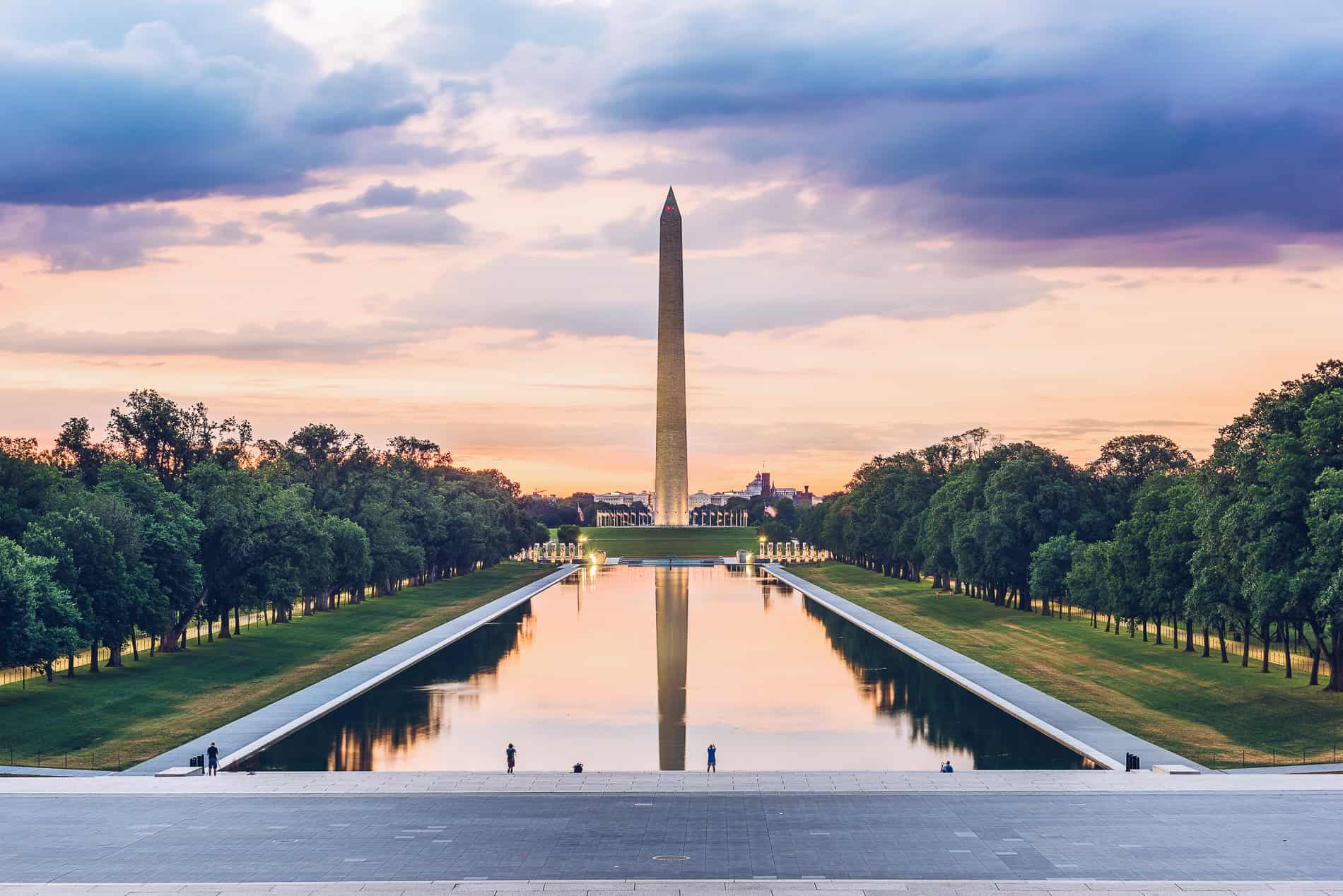Capital cities are capital cities for a reason. They encapsulate the history of a nation and stand as a bellwether to that country’s culture. Washington, D.C. is no exception. For more than 200 years, the city has been home to power struggles, inner conflicts, a city fire, and traitorous insurgencies. Definitely not something the American Founding Fathers had in mind.

Washington, D.C. boasts a plethora of iconic sites marked by the wings of history. From Martin Luther King’s legendary “I Have a Dream” speech by the Lincoln Memorial in 1963 to the iconic White House, which has served as a residence for every sitting American president since 1800, Washington is a must for political history buffs.
A young American Congress declared then swampy Washington, D.C. the nation’s capital on July 16, 1790, 14 years after American independence, as a compromise between Southern and Northern states. President George Washington chose the new district of Columbia for its strategic location straddling the original colonies of Maryland and Virginia. Inspired by the French’s capital’s leafy boulevards, Parisian architect Pierre Charles L’Enfant created an American capital that features the Capitol Building as its Arc de Triomphe.
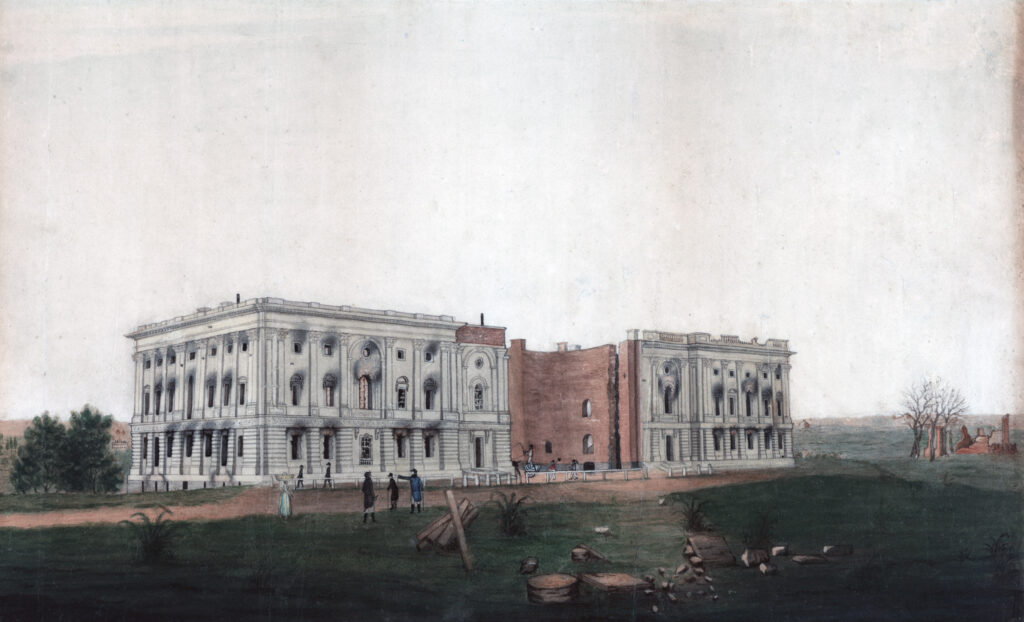
Much of this was soon to be destroyed in The War of 1812 when British enemy forces burnt the city to the ground, including the newly built White House and The Library of Congress. Despite the devastation, D.C. was swiftly rebuilt but remained a relatively small city until The Civil War. The end of that bloody conflict meant an influx of freed slaves and a growing African American population that changed the culture of the city. That dynamic can still be felt today as D.C. has one of the largest concentrations of African Americans of any city in the United States.
Today, Washington, D.C., is considered one of the most beautiful cities in the U.S. with marble buildings fashioned in the classical style—it was supposed to be the New Republic after all. The city is also a veritable mecca for museum lovers, with countless artifacts and art on display along the National Mall.
Many of the Washington, D.C. museums listed are part of The Smithsonian Institution, which is the world’s largest educational and research complex. With more than 155 million pieces of art and specimens documenting American history across 19 Washington museums (and the National Zoological Park), visiting this complex is a must when in Washington, D.C. And best of all: admission is free!
With so much knowledge at your disposal and so many institutions to visit, what are the best museums and historic sites in Washington, D.C.? Let’s dive into our guide to the top free museums and top sites in Washington, D.C.
The best museums in Washington, D.C.
Hirshhorn Museum
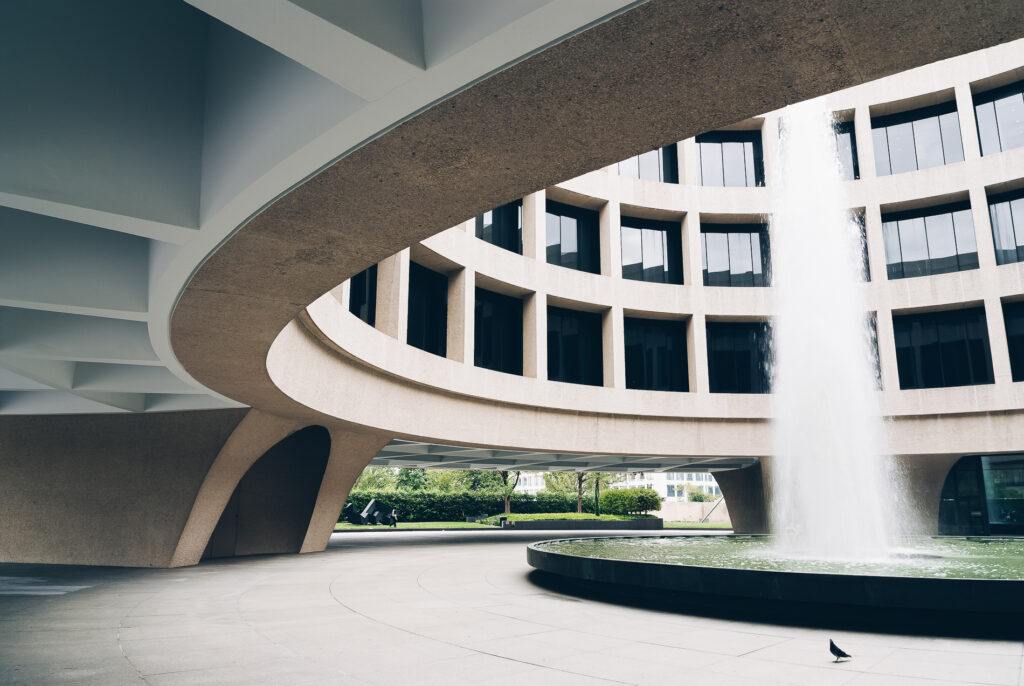
Designed by award-winning architect Gordon Bunshaft, the hollow-centered Hirshhorn Museum & Sculpture Garden is an epic destination for modern art lovers that puts function over form. The Hirshorn, which is free throughout the year, emphasizes new ways of interacting and showcasing art, be it through digital media or performances. The museum opened in 1974 and has become the staging site of many groundbreaking artists such as Damien Hirst and Inge Mahn. After your visit, pop into the popular Dolcezza café, which is famous for its handcrafted, local gelatos and pastries, and was voted the “Best Coffee Shop” by The Washington Post in 2017.
The National Air and Space Museum
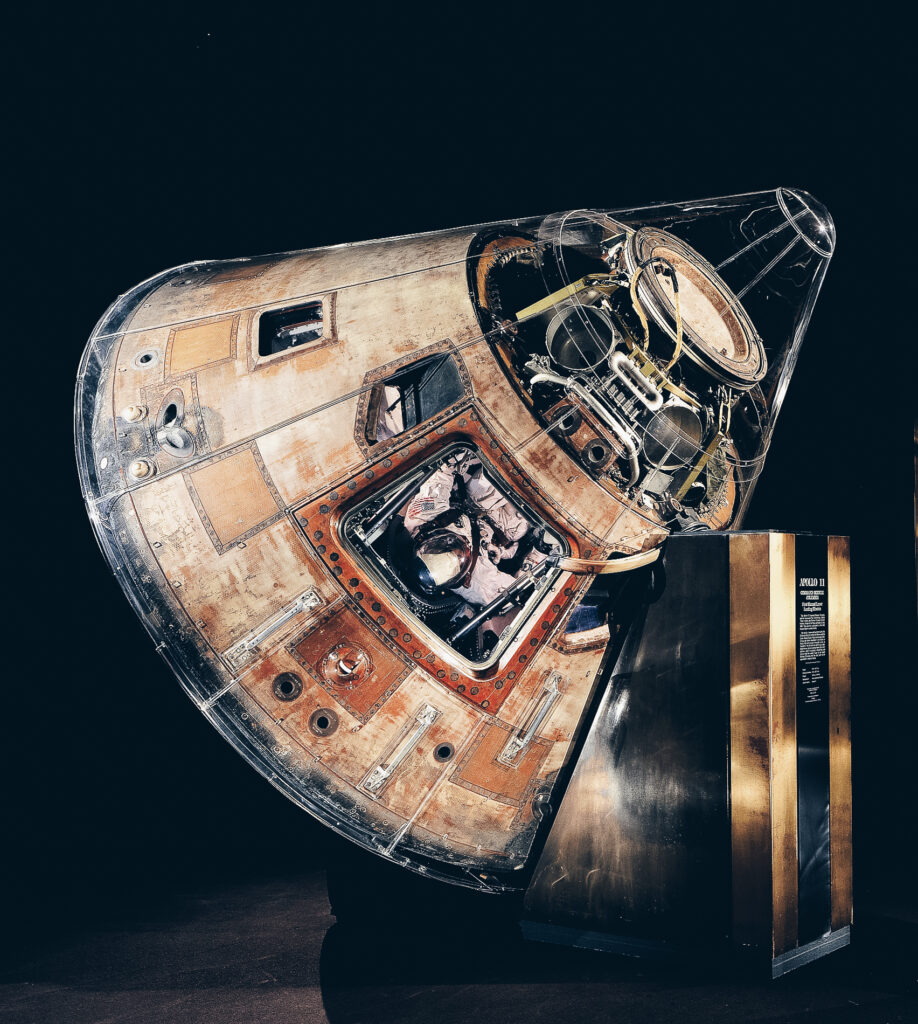
The National Air and Space Museum, one of the top things to do in D.C. with kids, is a must for every budding astronaut who wants to immerse themselves in space flight and aviation. Since 1976, visitors have been flocking to this Smithsonian museum to learn more about the space race and how the Americans beat the Russians to land on the moon. The museum offers a mix of hands-on exhibitions such as science demonstrations, an IMAX theater, and virtual reality simulators as well as an impressive collection of more than 60,000 artifacts, from rockets to once-classified documents. Expect an enthusiastic crowd outside the 23-foot 1903 Wright Flyer, Orville and Wilbur Wright’s first successful airplane, and the Apollo 11 Command Module Columbia.
National Gallery of Art
The accessible-friendly National Gallery of Art is an astounding piece of art in and of itself. The amount of marble used for the facade hasn’t been duplicated in another building in the U.S. Inside, the National Gallery of Art is just as impressive, boasting masterpieces from old and modern masters such as Leonardo Da Vinci, Sandro Botticelli and Pablo Picasso—Picasso’s blue period gets special attention here. The museum houses a second building of ever-changing exhibitions—check out the website for the most up-to-date information. The sculpture garden is a recent addition to the expansive complex. Relax in the green oasis while you gaze upon 21 modern stone, glass and marble masterpieces including Marc Chagall’s “Orphée” and Alfredo Halegua’s aptly named “America.”
National Museum of African American History and Culture
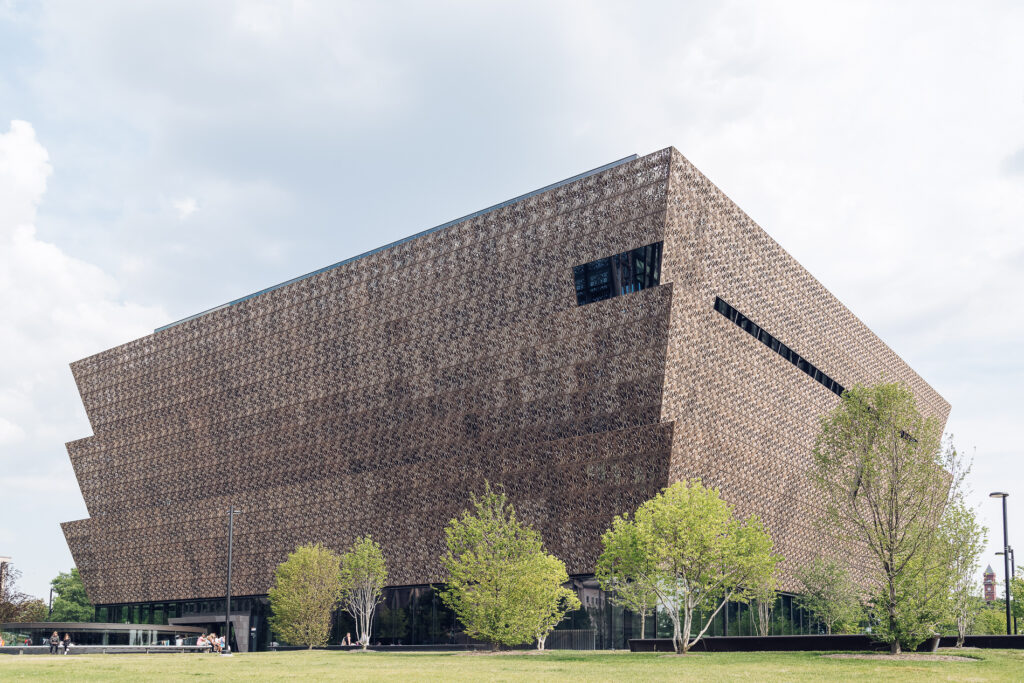
Architecturally impressive and historically significant, the National Museum of African American History and Culture has become one of the hottest tickets along the National Mall in D.C. Since opening its doors in September 2016, the museum has seen a steady stream of visitors wanting to reflect on the impact African Americans have made to American policy, culture and history. The 19th and newest museum of the Smithsonian Institution, the National Museum of African American History and Culture affords guests more than 40,000 arifacts and interactive exhibits highlighting everything from African American ingenuity to slavery. Of special note is the deeply moving Slavery and Freedom exhibit and the Tulsa Race Massacre exhibit.
National Museum of American History

The National Museum of American History focuses on just that: American history, from the birth of the nation to the 20th century. The red thread throughout the museum is understanding what made the United States the country it is today in order to create a better future for all. Explore everything from American ephemera to locomotives to iconic clothing (including a leather jacket that once belonged to Bob Dylan) inside the National Museum of American History. Some of the most visited exhibits include the tattered American flag that inspired the American national anthem, the “Star Spangled Banner,” Abraham Lincoln’s tophat, gowns worn by a variety of American first ladies including Jackie Kennedy and Hilary Clinton, and Dorothy’s sparkly ruby slippers from The Wizard of Oz.
National Museum of the American Indian
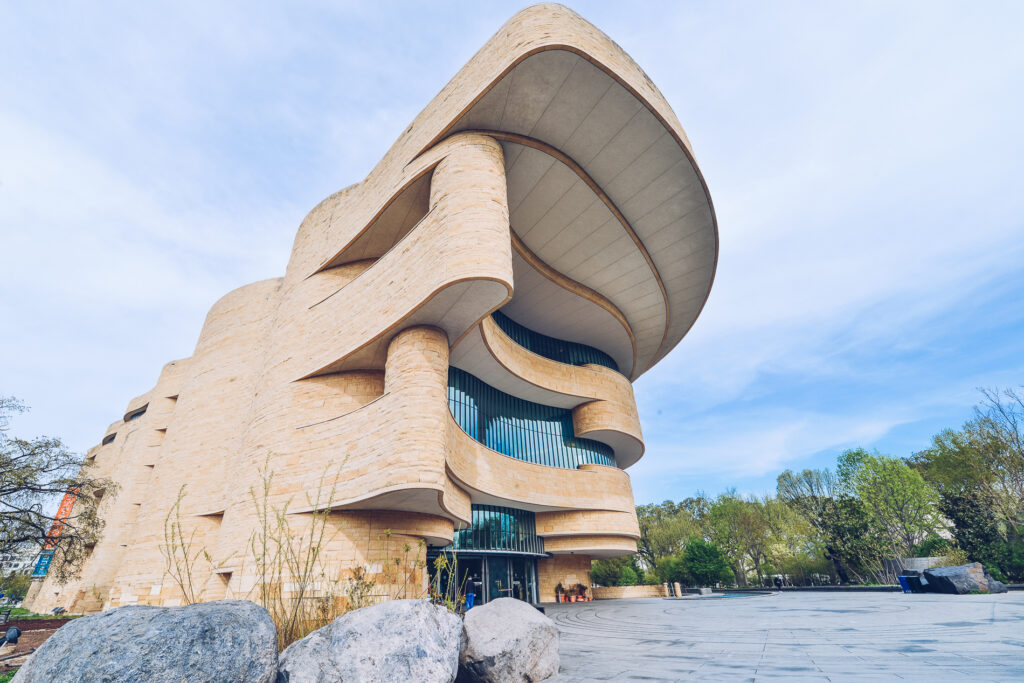
Curious about the history and culture of America’s indigenous population? Then the National Museum of the American Indian, which houses one of the largest collections of Native American artifacts in the world, is a must on your list of museums in Washington. Native American architect Douglas Cardinal crafted the sculpted rock-like design of the museum to represent native peoples’ connection to the earth, sea and sky. Inside, explore a vast collection that represents 12,000 years of history and also features an enormous photographic and film archive. Of particular note is the permanent Americans exhibit, which highlights how Native American clothing, motifs and paraphernalia have infiltrated American society, some of it in a derogatory way. If you want to see more, head to its sister museum in New York!
The best historic sites in Washington, D.C.
Lincoln Memorial
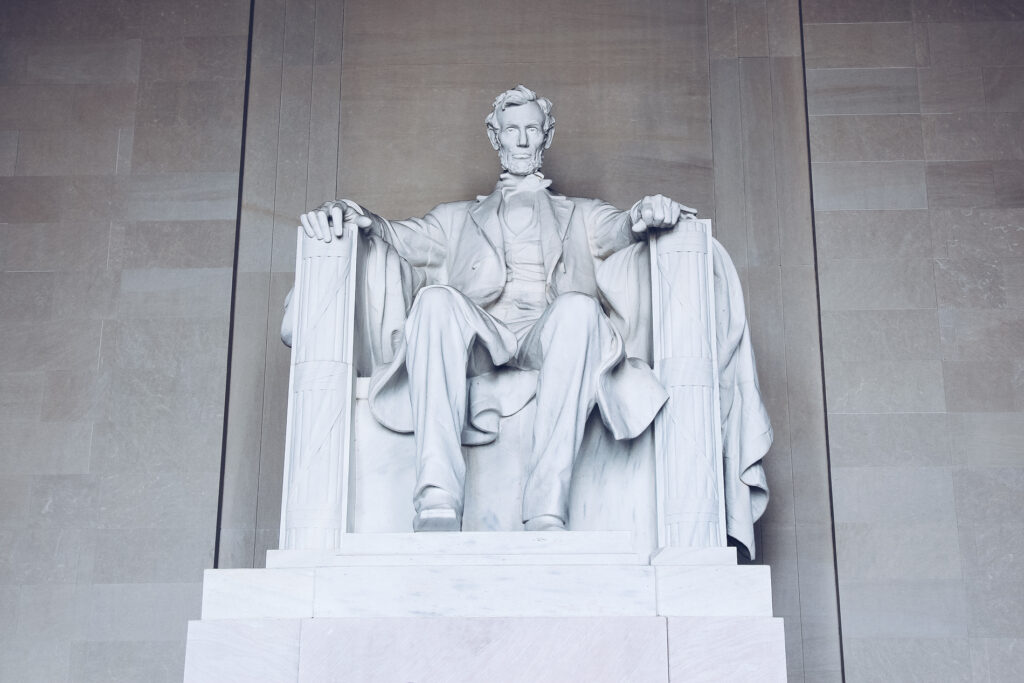
One of the top places to visit in D.C. is the Lincoln Memorial. Built in 1922 in honor of the 16th president of the United States, the Lincoln Memorial is a Herculean design marvel that enthralls visitors of all ages due to its scope and size, not to mention the somewhat stoic expression on Lincoln’s face. Inspired by the Parthenon in Athens, Greece, architect Henry Bacon designed the marble memorial as a Greek Doric temple to the president. The neoclassical style emphasizes Lincoln’s stature—he was six foot four after all—as well as his wisdom and almost Zeus-like majesty. Inscribed on the walls around the seated president are two of his most famous speeches, including The Gettysburg Address. Operated by the National Park Service, the best time to visit the Lincoln Memorial is at dusk in the summer, when the sunsets on the reflecting pool and the marble almost comes alive. It’s as if you can feel Lincoln’s presence.
The United States Capitol Building
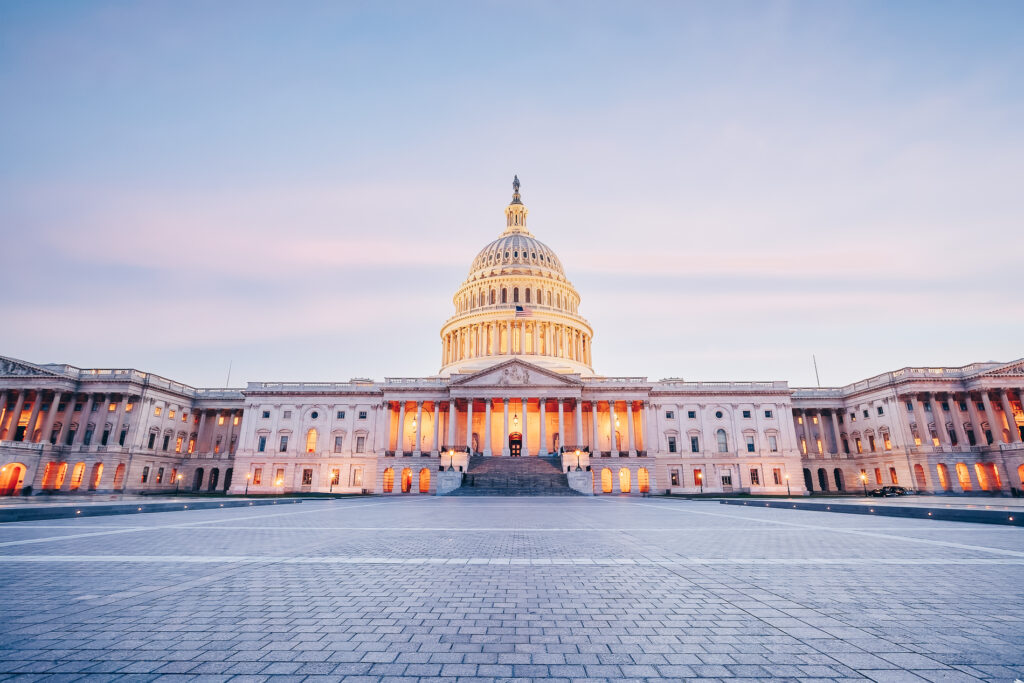
Interested in tours of the Capitol Building? Despite what happened on January 6, 2021, the Capitol Building welcomes Americans and foreign visitors throughout the year. This is where Senators and Congresspeople convene to bicker, debate, draft bills and veto them! The Capitol symbolizes freedom, democracy and the people’s dream of America. Built in the Greek and Roman classical style, the Capitol is visible to anyone taking a bus or bike tour of the city. Explore historic artifacts or follow a guide through the Crypt, Rotunda, National Statuary Hall, the Old Supreme Court Chamber, and the Old Senate Chamber, or even watch Congress in session. There’s an enormous campus to cover, with more than 270 acres, including access to the Botanic Garden. Register in advance as slots are limited and since the Jan. 6 insurgency, security is even tighter.
Washington Monument
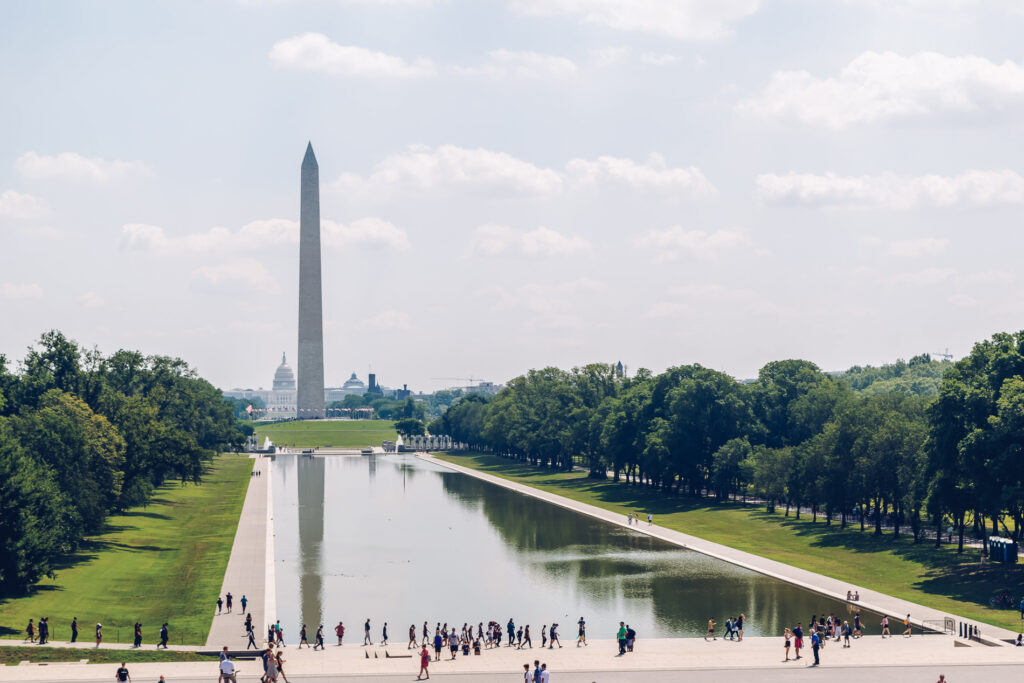
Obelisks are found throughout the world. The Washington Monument is one of the tallest structures in D.C. and at one time was the tallest building in the world (1884). Built in honor of the first president of the United States, George Washington, the Washington Monument is a 555-foot-tall Egyptian-style marble obelisk that is recognizable from afar, especially if you’ve seen any Hollywood blockbuster featuring U.S. presidents. Take the elevator to the observation deck for panoramic views of the city and you can even take in all the Washington museums and historic sites at once. Head outside and sit beside the reflecting pool at sunset.
The White House
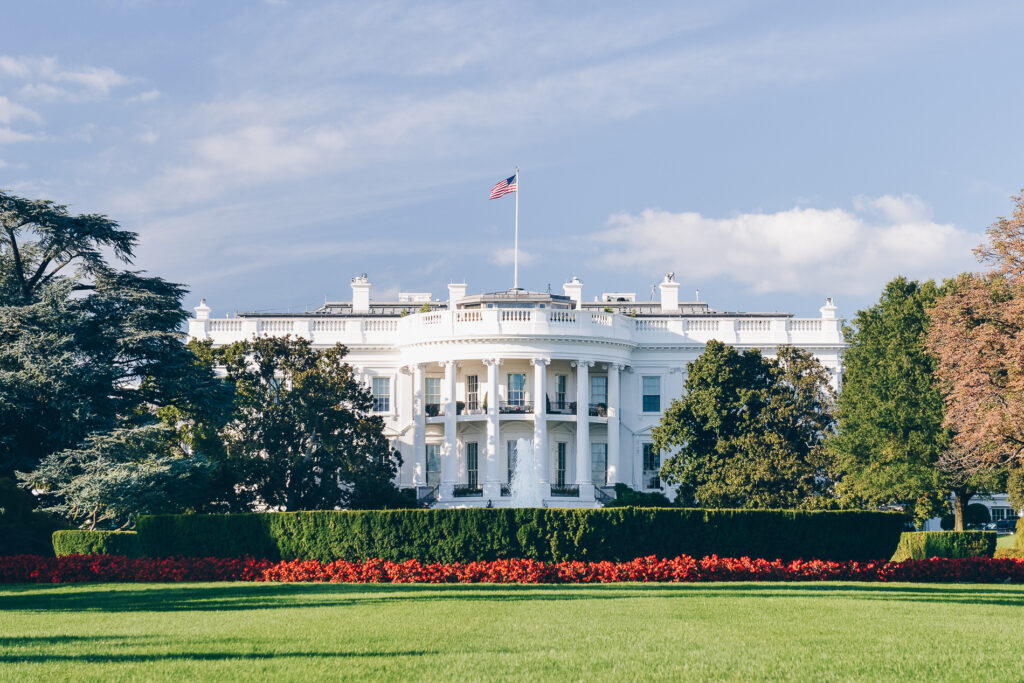
The most famous presidential home in the world resides at 1600 Pennsylvania Avenue. Christened “The White House” by former President Theodore Roosevelt in 1901, the name stuck. The White House is not only home to the First Family, it is also a museum to American history. Originally built in 1791 by slaves, a fire destroyed the city of Washington, including The White House in 1814. It was rebuilt three times over the course of the past 200 years and now boasts 132 rooms, including 16 guest bedrooms. While most of the spacious abode is inaccessible to visitors, tourists can visit The White House if you fill out an exhaustive list of documents and know a member of Congress. We suggest taking a selfie from outside the fence that borders the building.
